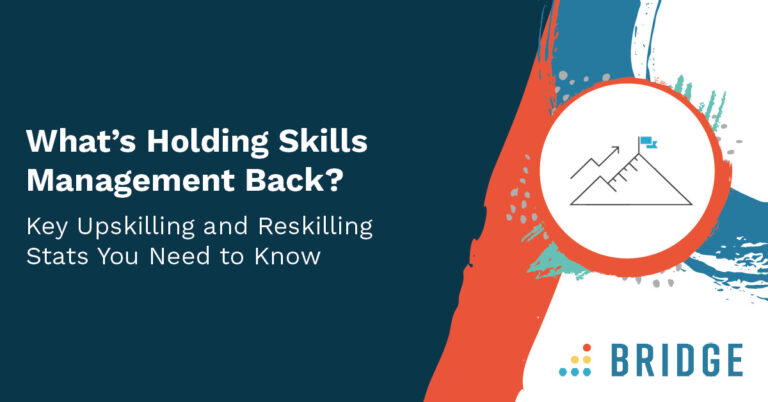Recent research found that a mere 55% of organizations believe that their L&D efforts are “well-aligned with their company’s overarching strategy.”
Stop and think about that for a moment. That means that nearly half of the organizations believe that their L&D efforts are effectively a shot in the dark. And if you’re shooting in the dark, you’re unlikely to hit the target. In L&D terms, that means that you’re unlikely to be doing anything of any real deliberate value to meet organizational objectives.
When considered, this is shocking. What is the point of L&D if not to help the organization meet its objectives as effectively and productively as possible? L&D has to be strategic, and that’s not optional. But that’s only possible when L&D is a priority and process of collaboration across the organization.
Strategic Collaborative L&D
It’s probably fair to say that every business leader is now on board with the importance of learning and development, as a concept. They know it is the key to a productive workforce.
However, it’s probably also fair to say that, despite this conceptual knowledge, most leaders still hand over the reins of L&D to someone else. They have to, obviously, in terms of workload. But, this effectively de-prioritizes L&D and it takes real effort to ensure the outcomes of the L&D function aren’t therefore polarised from one department to another.
But the facts are that cross-departmental collaboration in L&D pays off:
- It Heightens Profitability: It is old data, so expect the figures to be even more startling now, but Fortune 500 companies lose $31.5 billion each year simply because they fail to share knowledge amongst themselves. Failing to exchange learning and knowledge between departments, and from person to person, literally wastes money. There’s no excuse for this failing of L&D in the modern business environment. Cloud-based tools, like Bridge, make it so seamlessly easy to share knowledge and collaborate across departments, that it’s not a case of being logistically difficult.
- It Creates Harmonious Synergy: Each department holds value on their own. Put them together and that’s when the real magic happens. If departments operate as silos, in all areas but definitely in L&D, then they waste resources, miss opportunities and zap productivity. Connections need facilitating. Cross-department action needs to take place whereby L&D goals and aspirations are discussed and facilitated. If for no other reason, we should ask ourselves what is the point of being a cohesive organisation if one department can’t learn lessons gained from another? Are we really intent on all making the same mistakes over and over?
- It Bolsters Efficiency: Let’s think about the individual employee for the moment. Let’s say they’ve been on a course and learned something new. As it stands, they are the only one to benefit at present. However, if that employee’s learning is shared with others, and accessible to others, through facilitated communication, then every facet of the organisation stands to benefit from it. If ever there was an argument for a central hub of knowledge, learning, performance and development, then it’s this! Every single investment in L&D has exponential power. What’s more, when a collaborative approach is taken, then the knowledge of the individual learner becomes the knowledge of the business, and isn’t simply lost, should that particular employee move on.
It is Vital to Promote Cross-Departmental Collaboration
Cross-departmental collaboration in L&D never ‘just happens’. Departments naturally have a tendency to silo and it’s all too easy for the L&D function to embark on its own tangent. Therefore, collaboration always has to be facilitated and promoted from the top down. It has to be a strategic decision. It should be so strategic that when leaders are considering objectives, goals, and KPIs for the business, L&D should be factored in from the start. In reality, this isn’t how it works for many organizations. But they are therefore missing a trick.
It also means that everyone, and every department, needs to be accountable for L&D and its success across the organization. Effectiveness needs to be measured by individual, team, department, and the whole organization.
When cross-departmental collaboration is promoted and facilitated in L&D then it’s not just the marker of a successful partnership between departments – it’s a marker of success for the business’s overall strategy.



